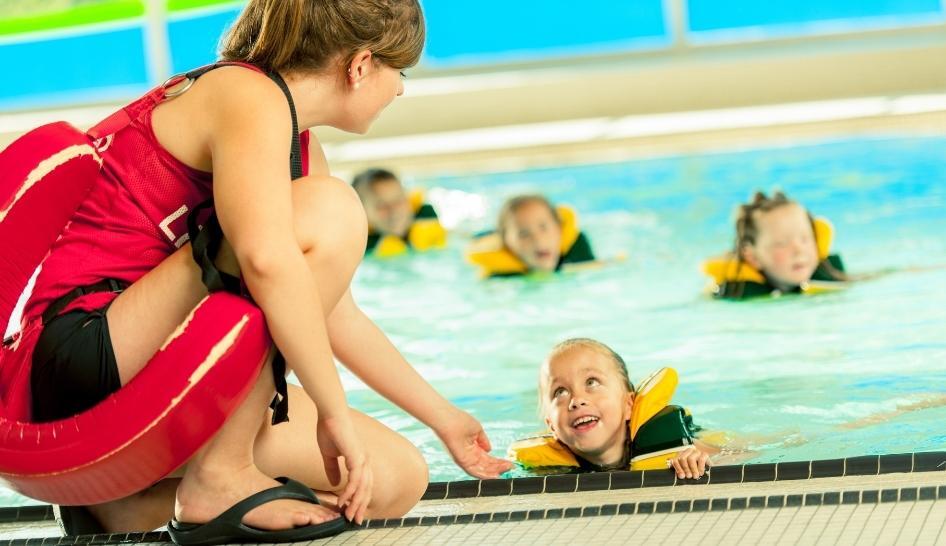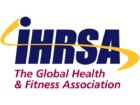Qualifications and Training for Aquatics Staff
1. Require all coaches, swim instructors, and lifeguards to maintain a nationally recognized certification and complete continuing education requirements as well as professional qualifications. One may consider background checks for employees who are working with children or adults with special needs.
2. Ensure a lifeguard and other technical skills employees—i.e., pool operator/technician, building engineer, etc.—are on duty as required by local guidelines.
3. Lifeguards should be tested for competence in their ability to assist swimmers in need of assistance every month or so. These competence tests should include realistic exercises observed by an assessor from the management team. Lifeguards should train regularly.
4. Swimming pool plant engineers and technicians should have a reasonable level of generic training and, where possible, site specific training.
Swimming Pool Maintenance and Operations
5. Consider a lifeguard zone in each watch area corresponding to pool occupancy. Lifeguard zones should consider not only areas but activities undertaken and type of swimmers. For example, children's swim areas need more supervision than adult lap zones.
6. Consider offering a learn to swim program for all age groups. Learn to swim programs are not only good in a business sense, but also add a huge amount to a local community—the promotional and marketing opportunities are immense.
7. Post rules and safety protocols within plain eyesight of all wet areas, including capacity rules, where relevant, and mandatory signage.
8. Follow nationally and locally recognized guidelines for chemical ranges and testing frequency where applicable. Maintain records of all testing logs. Check expiration date on all chemicals before use and store in a safe, secure area at manufacturer recommended temperature.
9. Ensure all emergency and rescue equipment is in good working condition. Equipment should be inspected weekly and tested monthly to ensure it is still operative and that staff understand how to operate it.
10. Maintain a fully stocked first aid kit. First aid kits should be stocked according to a risk assessment for the types of activities and potential injuries that the areas are likely to experience.
11. Keep records of any incident or injuries.
12. Ensure the appropriate number of employees are trained on first aid, CPR, and using an automated external defibrillator (AED) where required. At least one person on duty at all times should have the required first aid skills. As a general rule, all employees should be capable of using an AED and delivering CPR.

